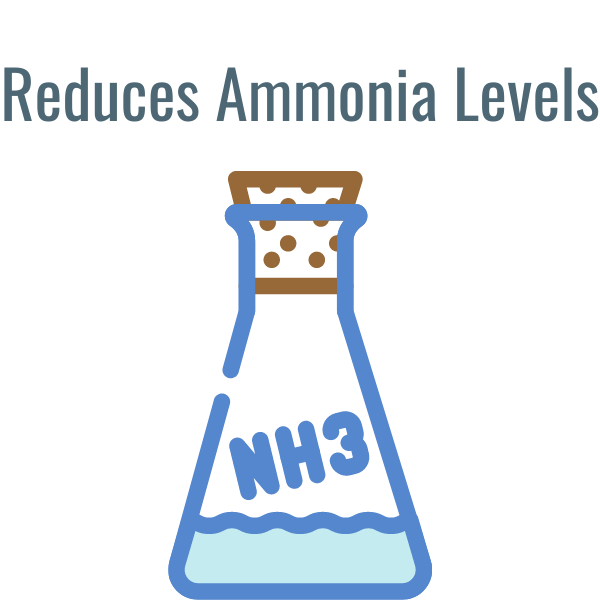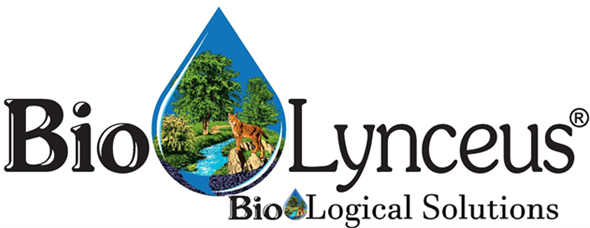- Saves you time and money.
- Faster waste digestion.
- Substantially reduces clean out frequency.
- No longer allows heavy crusting.
- Easy to use & no need for special equipment.
- Reduces wear and tear on machinery.
- Waste treatment system operates better and becomes biologically healthy.
- Increases dissolved oxygen (DO).
- Eliminates most odors.
- Reduces ammonia levels.

- Reduces nitrate levels.
- Reduces phosphate levels.
- Reduces biochemical oxygen demand (BOD).
- Reduces volatile suspended solids.
- Reduces total suspended solids (TSS).
- Environmentally safe.

- Effective on municipal/institutional waste treatment.
- Effective in septic systems.
- Effective in animal waste lagoons lagoons and compost piles.
- Accelerates decomposition of solids.
- Positive effects on effluent discharge.
- Increased Microbial action.
